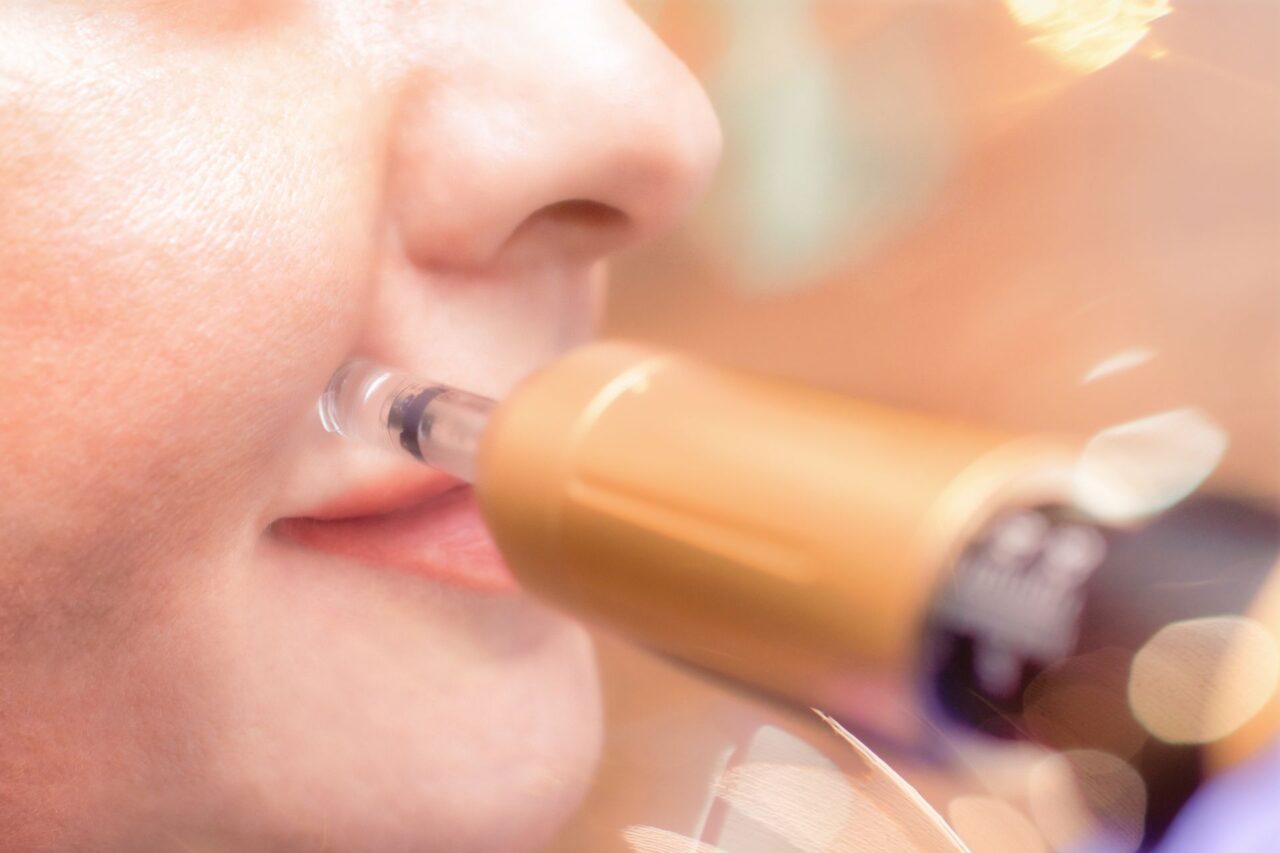Introduction
In today’s world, where viral threats loom large, safeguarding against them has become paramount. Amidst various solutions, hypochlorous acid emerges as a potent defender. In this comprehensive guide, we delve into the efficacy of hypochlorous acid in protecting against viral threats, exploring its applications, benefits, and optimal usage.

Understanding Hypochlorous Acid: A Powerful Antiviral Agent
Hypochlorous acid, hailed for its potent antimicrobial properties, stands as a formidable antiviral agent. Its effectiveness against a wide array of pathogens, including viruses, bacteria, and fungi, makes it a compelling choice for protection.
Engaging Paragraph: Hypochlorous acid’s ability to combat viral threats stems from its unique molecular structure, which enables it to penetrate the protective barriers of viruses, disrupting their vital functions and rendering them harmless. This mechanism makes it a highly effective tool in the fight against various viral infections.
Applications of Hypochlorous Acid in Viral Defense
Harnessing the power of hypochlorous acid extends to diverse applications in viral defense, spanning across various sectors and environments.
Disinfection of Surfaces and Environments
In the realm of viral defense, surface disinfection plays a pivotal role. Hypochlorous acid, with its broad-spectrum antimicrobial action, offers a reliable solution for disinfecting surfaces and environments, effectively eliminating viral particles and reducing transmission risks.
Engaging Paragraph: From healthcare facilities to public spaces and households, the application of hypochlorous acid for surface disinfection proves invaluable in curbing the spread of viral infections. Its ability to eradicate pathogens on contact provides reassurance in maintaining clean and hygienic environments.
Protecting Against Viral Threats with Hypochlorous Acid: Best Practices
Effective utilization of hypochlorous acid in viral defense entails adherence to best practices, ensuring optimal efficacy and safety.
Proper Dilution and Application
To maximize the antiviral efficacy of hypochlorous acid, it’s crucial to adhere to recommended dilution ratios and application methods. Diluting it according to specified guidelines and applying it diligently on targeted surfaces enhances its effectiveness in combating viral threats.
Engaging Paragraph: Diluting hypochlorous acid as per prescribed concentrations and applying it systematically on surfaces ensures thorough disinfection, minimizing the risk of viral transmission. By following best practices in dilution and application, one can harness its full potential in protecting against viral threats effectively.
The Efficacy of Hypochlorous Acid: Debunking Common Misconceptions
Despite its proven efficacy, hypochlorous acid often faces misconceptions regarding its safety and effectiveness in viral defense.
Safety Profile and Environmental Impact
Contrary to misconceptions, hypochlorous acid boasts a favorable safety profile and minimal environmental impact when used responsibly. Its biodegradable nature and non-toxic properties underscore its suitability for diverse applications without compromising safety or environmental integrity.
Engaging Paragraph: Addressing misconceptions surrounding hypochlorous acid’s safety and environmental impact is essential in promoting its widespread adoption for viral defense. By elucidating its favorable safety profile and negligible environmental footprint, we can foster greater confidence in its efficacy and reliability as a defense against viral threats.
Maximizing Protection: Integrating Hypochlorous Acid into Daily Practices
Incorporating hypochlorous acid into daily practices emerges as a proactive approach to maximizing protection against viral threats, promoting overall health and well-being.
Engaging Paragraph: Whether in healthcare settings, public facilities, or personal spaces, integrating hypochlorous acid into daily practices reinforces hygiene protocols and bolsters defense mechanisms against viral infections. By embracing its versatility and efficacy, individuals and organizations can fortify their defenses and mitigate the risk of viral transmission effectively.

Protecting Against Viral Threats with Hypochlorous Acid: FAQs
Q: Is hypochlorous acid safe for use in household settings?
A: Yes, hypochlorous acid is safe for use in household settings when diluted according to recommended concentrations. It serves as an effective disinfectant for various surfaces, providing peace of mind in maintaining a clean and hygienic environment.
Q: Can hypochlorous acid be used for personal hygiene?
A: Yes, hypochlorous acid can be utilized for personal hygiene, such as hand sanitization and wound cleansing. Its gentle yet potent antimicrobial action makes it suitable for various personal care applications, promoting cleanliness and protection against viral threats.
Q: What precautions should be taken when using hypochlorous acid?
A: When using hypochlorous acid, it’s essential to wear protective gear, such as gloves and goggles, to prevent direct contact with concentrated solutions. Additionally, adequate ventilation is recommended to minimize inhalation risks.
Q: How does hypochlorous acid compare to other disinfectants?
A: Hypochlorous acid exhibits broad-spectrum antimicrobial activity, surpassing many conventional disinfectants in terms of efficacy and safety. Its rapid action, coupled with its non-toxic nature, sets it apart as a preferred choice for viral defense.
Q: Can hypochlorous acid be used on sensitive surfaces?
A: Yes, hypochlorous acid is gentle yet effective, making it suitable for use on a wide range of surfaces, including sensitive materials such as fabrics and electronics. However, spot testing is advisable to ensure compatibility with specific surfaces.
Q: How can hypochlorous acid contribute to public health initiatives?
A: Hypochlorous acid plays a crucial role in public health initiatives by offering a potent tool for combating viral threats. Its versatility and efficacy make it instrumental in enhancing hygiene standards and reducing the spread of infectious diseases.
Conclusion
In the ongoing battle against viral threats, hypochlorous acid emerges as a formidable ally, offering potent defense mechanisms against a wide array of pathogens. By understanding its efficacy, applications, and best practices, individuals and organizations can harness its full potential in safeguarding against viral infections effectively. Embracing hypochlorous acid as a cornerstone of viral defense endeavors fosters resilience, ensuring a safer and healthier future for all.




